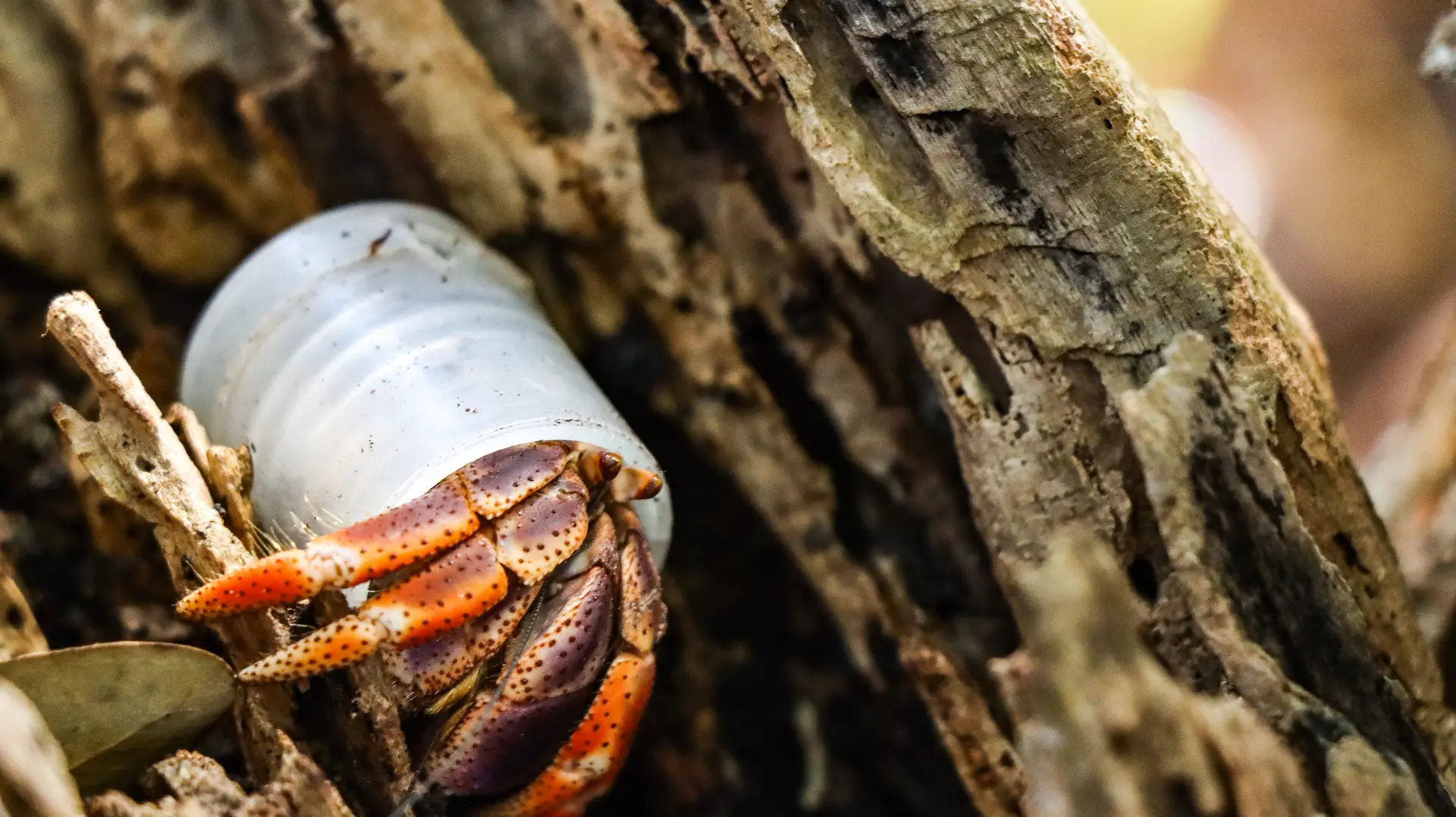International Plastics Agreement
Working towards a legally binding instrument to end plastic pollution
Global plastic production and consumption has grown exponentially since the 1950s, with global plastics production projected to reach roughly 450 million tons in 2025. All this plastic waste is creating a crisis for our ocean and planet. An estimated 11 million metric tons of plastics enter the ocean every year from land-based sources. In the absence of drastic intervention, scientists predict a nearly three-fold increase of ocean plastic inputs totaling 29 million metric tons annually by 2040.
In March 2022, the international community under the United Nations Environmental Assembly (UNEA) agreed to a resolution named: “End plastic pollution: Toward an internationally legally binding instrument,” which represents the first major global effort to address the plastic pollution crisis. This historic resolution is a triumph and the first major step in addressing the plastic pollution crisis.
A legally binding instrument is an enforceable agreement between countries. It is an important tool to tackle a global challenge like plastic pollution, as we highlighted in this United Nations’ publication. In this case, the instrument under development can inform national environmental laws and policies governing the production, use and recycling or disposal of plastic products worldwide.
Continued Fifth Session of the Intergovernmental Negotiating Committee (INC-5.2)
INC-5 took place from November 25 – December 1, 2024 in Busan, South Korea. Ocean Conservancy was there to advise negotiators crafting this historic, once-in-a-generation opportunity to create a future where we leave the ocean cleaner than we found it. After it was decided that INC-5 would not be the final round of negotiations as initially intended, INC 5.2 was set to take place August 5 – 14 in Geneva, Switzerland. Between the last meeting in Busan and the start of the negotiations in Geneva, Switzerland, August 4, 2025, an estimated 7.4 million metric tons more plastics trash have entered the ocean, and that’s why we cannot delay this agreement any further.

An Opportunity to End Plastic Pollution
There are many considerations that will go into the development of this agreement. Ocean Conservancy, as a leader on international efforts to combat ocean plastics, is working with governments and other key collaborators to ensure the agreement addresses the full lifecycle of plastics.
We believe that an effective agreement should include the crucial policies and considerations listed below:
1. Source Reduction of Plastics
The science is clear: to address our plastic pollution crisis we must reduce the amount of plastic we produce and use. Eliminating some plastic items, such as unnecessary single-use plastics, would result in a significant reduction in plastic production (packaging represents 40% of plastic production annually), decrease contamination in the waste stream and would improve the health of our ocean by reducing the items that most commonly pollute the environment.
2. Include Ghost Gear
Abandoned, lost or discarded fishing gear (ALDFG, also known as “ghost gear”) is the largest source of plastic pollution in our ocean. Ghost gear has direct and crucial implications for global food security, fisheries sustainability, biodiversity preservation, coastal economies, and human health and livelihoods. To help support the negotiations, the Global Ghost Gear Initiative published a white paper that lays out key policies for consideration to include in the plastics treaty to address this issue across the full lifecycle of fishing gear and aquaculture gear.
3. Address Microplastics
Addressing microplastics should also be a priority as it is the most pervasive, mobile and easily distributed type of plastic pollution. We need to prioritize both elimination of primary microplastics (plastics intentionally produced at a small size fraction, such as cosmetic beads and glitter) and put in place policies to address known sources of secondary microplastics (those microplastics that are a result of fragmenting or shredding of larger plastic items such as synthetic fibers, hard fragments, tire wear particles and paint flakes).
4. Design for Circularity
It is important that we ensure plastic products that are deemed necessary are designed to be circular, which means they are intended to be reused (ideally hundreds of times) or effectively recycled. Ocean Conservancy data shows that nearly 70% of plastics collected every year in the International Coastal Cleanup® are not recyclable. Upstream design is critical to facilitate collection, sorting and reuse. The current chemical or advanced recycling technologies are not a circular approach to plastics recycling because they do not transform plastics back into plastics (but into fuel) and create additional environmental and social harms.
5. Inclusion of Informal Sector Waste Collectors
Although ocean plastic pollution is a global challenge, its solution requires local action. Informal waste collectors or “waste pickers” are the frontline in the fight against (ocean) plastic pollution in many low-to-middle income economies. Informal sector waste collectors must be included in deliberations and decisions about global system changes and their expertise incorporated.
Download Ocean Conservancy’s vision for a strong international agreement on plastics:

Resources
Supporting international efforts to combat ocean plastics
Fact Sheets
- The Impact of Fishing Gear: Abandoned, lost and discarded fishing gear (ALDFG), being purposely designed to catch aquatic species, is pound for pound the most harmful form of marine debris to aquatic life. Learn more about specific measures to address ALDFG within the ILBI.
- Opportunities for Single-Use Plastic Source Reduction: The science is clear: To tackle the crisis of plastic pollution and production we need to start with making and using less plastics in the first place. The simplest and most effective way to achieve this goal is through source reduction mandates. Learn more about these policies here.
- Microplastics Facts and Figure: Microplastics are tiny pieces of plastic between 100nm and 5mm in size. Learn about the types, prevalence and impact of microplastics here.
- Cleanups are an important part of the solution to global plastic pollution.
INC Submissions
Review Ocean Conservancy’s official submissions to the secretariat as part of the ILBI negotiation process:
- January 2023 Submission
- August 2023 Submission
- April 2024 Submission